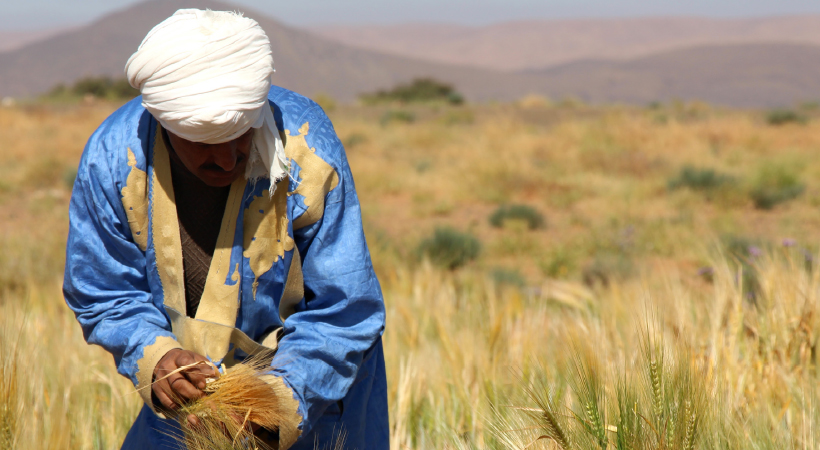Publication
Blended finance and women entrepreneurs
Evidence from Türkiye
Who we are
Overview: about the EBRDWho we are
Overview: about the EBRD
Learn about the EBRD's journey to investing more than €210 billion in over 7,500 projects.
What we do
Overview: how the EBRD operatesWhat we do
Overview: how the EBRD operates
Through projects, business services and involvement in high-level policy reform, we're doing more than ever before.
Work with us
Overview: how you can work with the EBRDWork with us
Overview: how you can work with the EBRD
We draw on three decades of regional knowledge and financial expertise to tailor our products and approaches to each client's needs.

Microcredit is designed to support entrepreneurship and alleviate poverty, but recent research from across seven countries has shown that giving poor people access to microcredit does not lead to a substantial increase in household income. There also appear to be no significant benefits in terms of education or female empowerment. However, what microcredit does do is allow low-income households to better cope with risk and to enjoy greater flexibility in how they earn and spend money. In short, microcredit is a useful financial tool but not a powerful anti-poverty strategy.
Microcredit is designed to support entrepreneurship and alleviate poverty, but recent research from across seven countries has shown that giving poor people access to microcredit does not lead to a substantial increase in household income. There also appear to be no significant benefits in termsof education or female empowerment. However, what microcredit does do is allow low-income households to better cope with risk and to enjoy greater flexibility in how they earn and spend money. In short, microcredit is a useful financial tool but not a powerful anti-poverty strategy.
